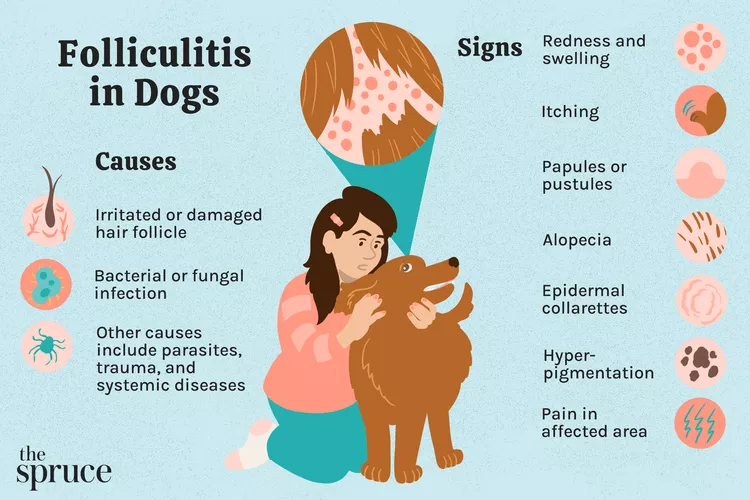
Folliculitis is a skin condition that commonly affects dogs. Irritation of a hair follicle causes inflammation in the area, leading to swelling, redness, itchiness, pain, and other skin lesions. Although there are no dog breeds genetically predisposed to folliculitis, dogs prone to allergies are at a greater risk of developing this condition. It has a variety of causes, all of which require veterinary treatment.
Folliculitis is a term used to describe the inflammation of a hair follicle that typically involves a bacterial infection. Hair follicles are tiny openings in the skin through which hair grows. In folliculitis, one or more follicles become irritated or infected, causing inflammation in the area.
Dogs with folliculitis may have one or more skin lesions on the body. It may start as a small raised area on the skin that looks like acne (called a papule). The area may become more raised and fill with pus (called a pustule).
Folliculitis may cause itching, pain, redness, and hair loss (alopecia) that has a patchy appearance on one or more areas of the dog's body. Some dogs develop crusty or flaky round skin lesions called epidermal collarettes. Hyperpigmentation (dark spots on the skin) may also occur in affected areas of the skin.
Folliculitis in dogs is caused by irritation of one or more hair follicles by one of the following conditions:
Contact your veterinarian if you think your dog has folliculitis or any skin irritation of unknown cause. After assessing information about your dog's signs and history, your vet will do a physical examination and may be able to diagnose folliculitis by visual inspection. However, further testing is often necessary to determine the exact cause. Potential testing includes the following:
The treatment of folliculitis in dogs is determined by the cause. Therapy typically involves a combination of systemic medications and topical applications like sprays, creams, ointments, and shampoos.
Topical treatments are used in most cases to ease discomfort and reduce inflammation. Your vet may recommend regular baths with a medicated shampoo. Sprays, creams, or ointments containing steroids, antibiotics, or antifungal agents are often necessary as well.
Bacterial folliculitis is usually treated with oral antibiotics. A long course of treatment may be necessary to eradicate the bacteria. Fungal folliculitis requires antifungal medications. Certain types of fungal infections require long-term treatment as well.
Parasitic infections require medication to kill the parasites as well as supportive care to promote healing. Antibiotics may still be prescribed to treat a secondary infection.
If the folliculitis is caused by a systemic disease, then that disease must be treated in addition to the skin inflammation. Depending on the disease, long-term or lifelong treatments may be necessary.
The prognosis varies based on the cause of the condition. Folliculits due to localized infection or irritation usually responds well to topical treatment and oral medications, and dogs recover within a couple of weeks. If the folliculitis is caused by an underlying systemic health issue, the dog's prognosis depends on the severity of that condition and how well the dog responds to targeted treatments.
Folliculitis in dogs cannot always be prevented. Early detection and treatment are the best ways to keep folliculitis from getting worse. Dog owners can take steps to prevent folliculitis by keeping systemic health issues like hypothyroidism under control with appropriate long-term medication. Be sure that you contact your veterinarian at the first sign of skin issues.

195 Cute Cat Names
If you've welcomed a new cat into your home and they need a name, try giving them one of these cute names, including cute names for girl cats, boy cats, orange cats, gray cats, and more.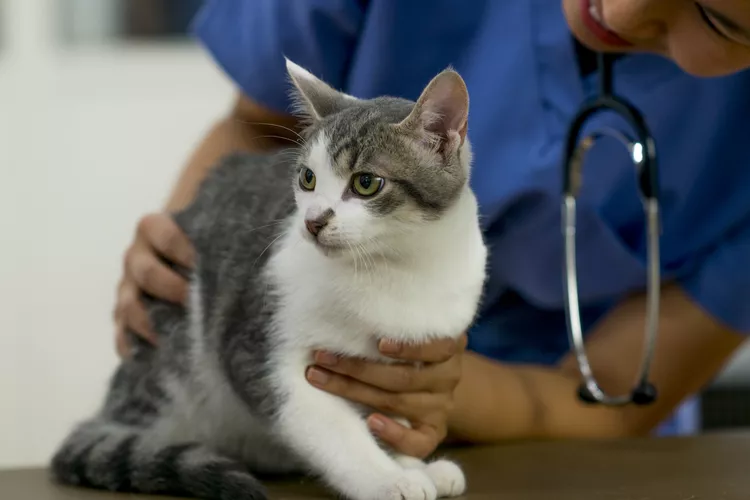
Luxating Patella in Cats
Luxating patella is an orthopedic condition that affects cats' knees. Learn the causes, treatment, and prevention.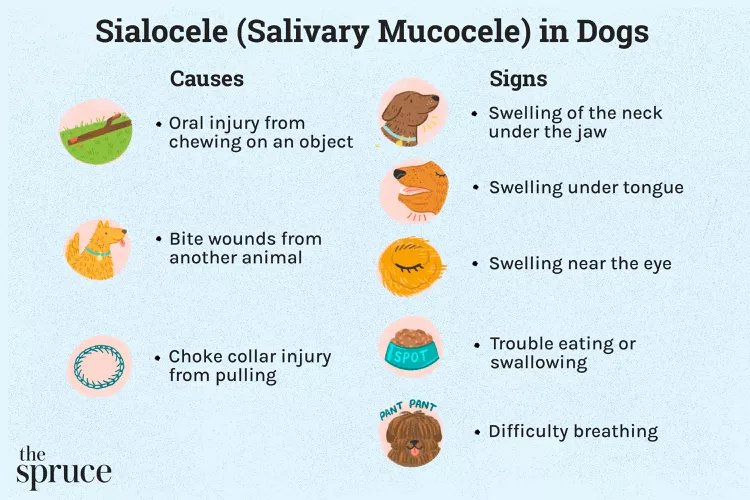
Salivary Mucocele in Dogs
A salivary mucocele, also called a sialocele, causes swelling near a dog's salivary glands and may cause a lump under the chin or on the neck near the jaw. Learn the causes, treatment, and prevention of salivary mucoceles in dogs.
Folliculitis in Dogs
Folliculitis is a common skin condition in dogs. Learn the causes, treatment, and prevention.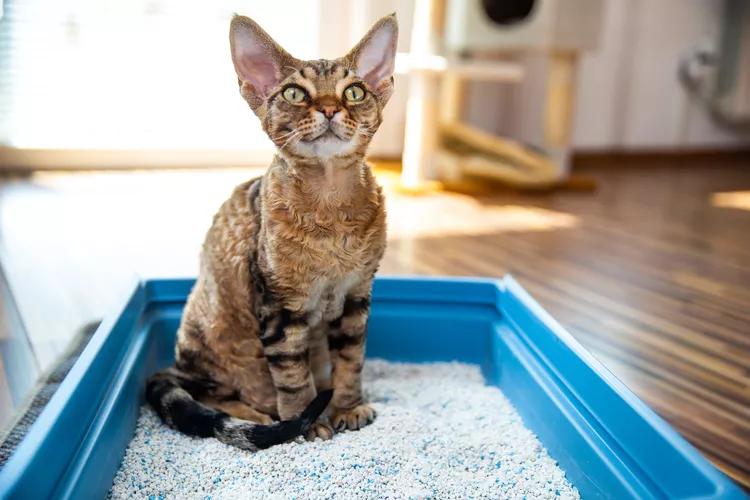
Is Baking Soda Bad for Cats?
Baking soda has many common household uses and may help with cat odors, but how much is safe to use around cats?
Can Dogs Eat Parmesan Cheese?
It's no secret that dogs love cheese, but what kinds of cheese should you avoid? Is Parmesan cheese a good option to treat your pup to?
Can Dogs Eat Pistachios?
Dogs can eat pistachios, but only if they're plain and served in moderation. In other cases, pistachios can be harmful for dogs.
Can Dogs Eat Cheese?
A popular training tool, cheese is OK for most dogs to enjoy on special occasions...but there are some exceptions.
Snowshoe Cat: Breed Profile, Characteristics & Care
The snowshoe cat, a mix of the American shorthair and Siamese, is a smart and affectionate pet that loves company. Learn about the snowshoe cat breed, including temperament, appearance, and care needs.
Bearded Collie: Dog Breed Characteristics & Care
Learn about bearded collies, energetic and intelligent dogs known for their herding skills and bearded faces that earned the nickname "beardies."
How to Plant a Border Garden that Will Add Color to Your Landscape
Learn how to create a vibrant border garden that will compliment your landscape and provide visual appeal of completeness.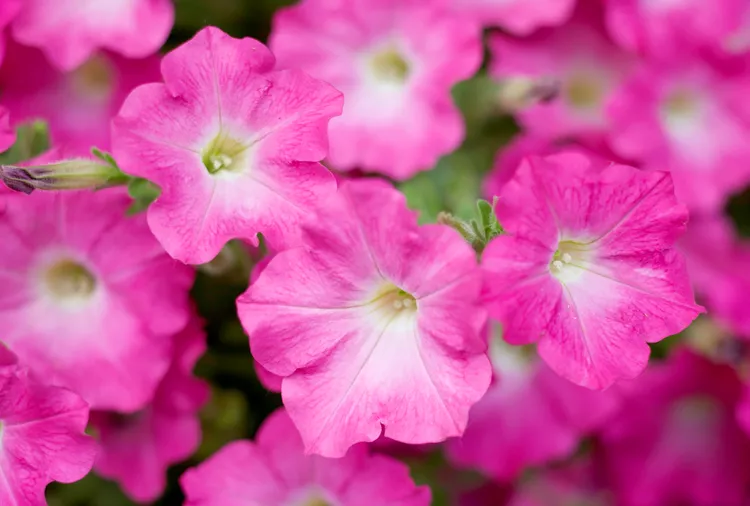
Are Petunias Perennials or Annuals? Plus Tips for Getting Tons of Flowers
Are petunias perennials that come back each year? The answer is yes and no, depending on your climate. Find out how to grow petunias as annuals or perennials.
How to Plant and Grow Golden Bamboo
Learn how to grow golden bamboo, a perennial often used for outdoor privacy. Unfortunately, it can be invasive, so be careful where you plant it.
How to Plant and Grow Camellia
Learn to plant and grow camellia, the Southern belles of the plant world. These evergreen shrubs bear beautiful blooms during the colder months.
This Daylily-Filled Garden Plan Lets You Flaunt Your Favorites
Combine daylily varieties of your choice with other reliable plants for tons of carefree color.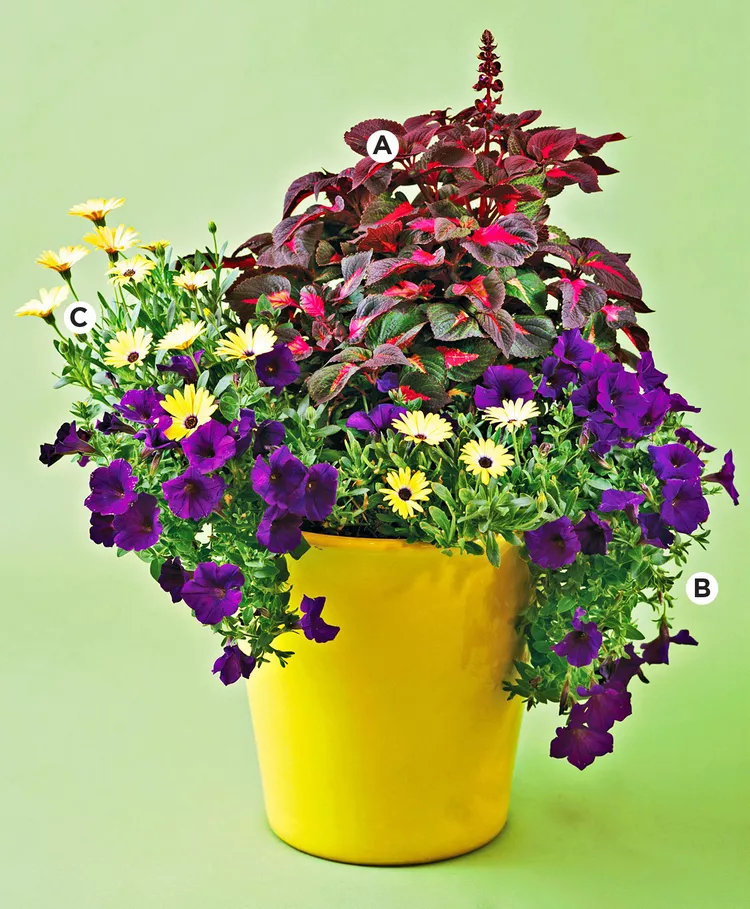
29 Flower Pot Ideas for Stunning Mixes of Blooms and Foliage
Use these flower pot ideas for beautiful combinations to brighten up your porch, patio, or other spots that need a boost of color.
Which Types of Garlic Are Best to Grow in Your Garden?
Hardneck or softneck? Here’s what to know about different types of garlic and how to grow them.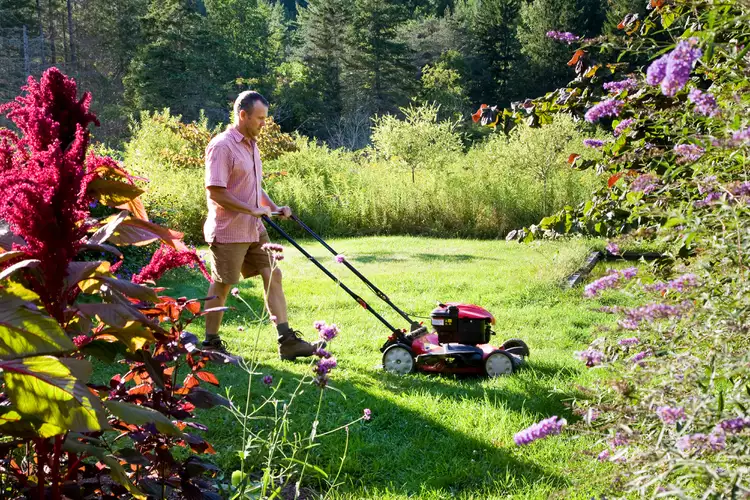
When Is the Best Time to Mow Your Lawn?
Take the guesswork out of deciding when to mow your lawn with our easy-to-follow tips.
How to Start a Garden: 10 Easy Steps for Beginners
This step-by-step guide explains how to start a garden for beginners. It covers all the basics you need to know, including what to plant, prepping soil, and care tips.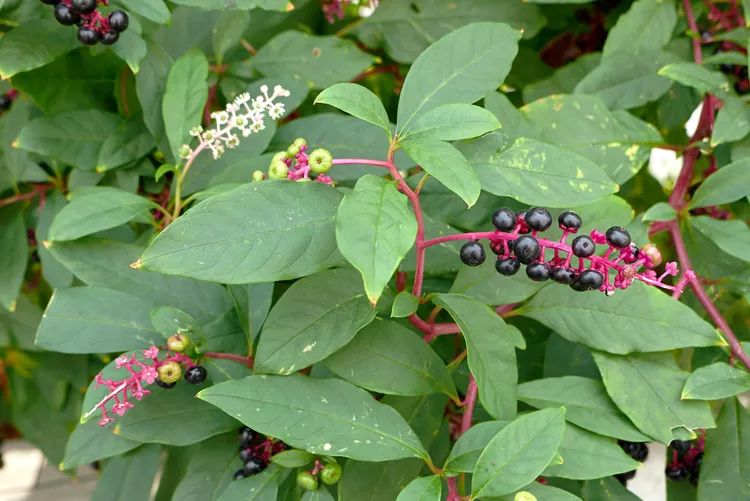
How to Get Rid of Pokeweed in Your Yard
Although this plant is native to parts of North America, pokeweed is still an aggressive, toxic plant you may not want around. Use these tips to safely eliminate pokeweed from your garden.